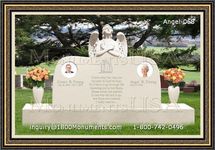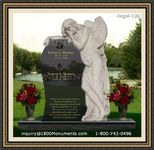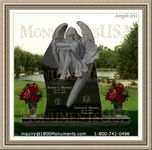|
Facts You Should Notice When Choosing Funeral Car Flags
A great many small details need be attended when one is charged with planning a loved one's final arrangements. Among these is ensuring that all the bereaved are able to find the interment site when memorial services are held at a different location. One way to do this is to use funeral flags and everyone travel as a group from one place to another.
When mourners travel as a group from one site to another, it is called a burial procession. In some areas this ritual is carried out on foot as the bereaved wall through the streets carrying the deceased's casket or urn, though it is more common in modern times for the parade to be comprised of vehicles. The body is transported in a hearse which leads the line.
The processional line up usually begins with the hearse, which transports the body or remains of the one being mourned. Then comes the limousine, or car that holds the deceased's spouse, parents, children or significant other. Next in order are immediate family members followed by all other vehicles carrying mourners.
Quite often, a police escort is assigned to lead the procession and keep the chain of vehicles unbroken. Other tools, such as banners, may be used to identify members belonging to the group of bereaved travelers to bystanders. There are multiple types of these products that may be utilized for this purpose.
One option is a wide banner that stretches across a vehicle's hood like a ribbon, stating the procession's purpose. Another choice is a pennant that flies from a plastic pole that is held in place by the window of the car's door. An alternate version of the flag is a style that uses a magnetic base to hold firmly to the automobile's roof or body.
Generally speaking, these products are about twelve inches high and use staffs that are flexible to bend, rather than break when stressed. The banners attached to them are usually 6" x 9" and starched for easy viewing. They come in multiple colors, including purple, orange and white, and feature a contrasted cross in the center.
|
|



























